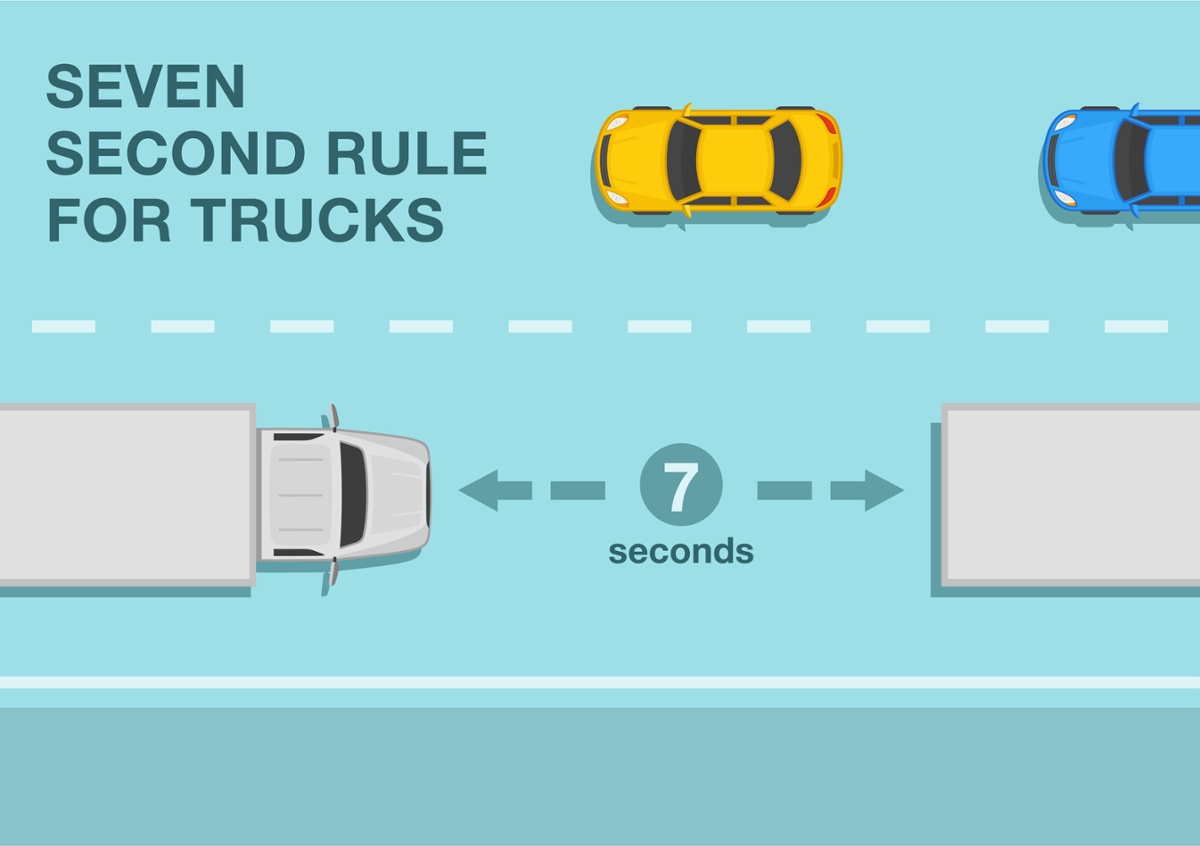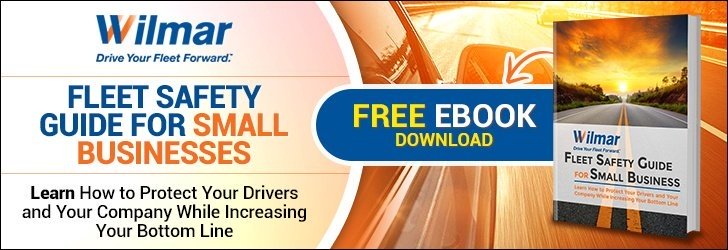Following Distance for Trucks & Fleets - Safety Tips
Follow distance is one of the most important things that a commercial driver must learn to maintain. Follow distance determines the amount of time it takes to stop if the car ahead of you were to slow down suddenly. Follow distance determines the amount of time a driver has to react to suddenly changing conditions on the road.
Fleet vehicle drivers must learn about following distances to drive heavy utility and cargo vehicles safely on the road and to try to avoid accidents caused by others violating follow-distance safety, as well. Fleet managers are responsible for ensuring that drivers know how to stay safe both by avoiding tailgating and reacting carefully when being tailgated. Join us as we explore the safety tips to secure good following-distance procedures with your fleet.
Calculating the Correct Minimum Follow Distance
It is recommended that the average vehicle maintain about three to four seconds of following distance between themselves and the car ahead. Some people learn about following distance in terms of car lengths, as well. You can use either metric, and they will come out to about the same distance. Drivers of larger and heavier trucks will need to add some follow distance to make up for slower stopping speeds.
Car Lengths vs Seconds
One care length equals about one second of follow distance in most situations. This means that you need at least three or four cars of distance and three or four seconds between each vehicle to provide for both reaction times and stopping times in an emergency. Faster speeds cause seconds to equal more car lengths.
Three-Four Seconds of Follow/Stopping Distance at 40 mph
When measuring stopping distance, it is important to give your truck at least three or four seconds of distance between vehicles when going at 40 mph or slower. That typically equals about three or four car lengths.
One Second for Every 20 mph Above 40 mph
The faster you go, the more seconds of reaction and stopping time you will need to provide in your following distance. Add one second or 1-2 car lengths for every 20 mph above 40 mph. This means you want four to five seconds and four to seven car lengths at 60 mph and five to six seconds or six to ten car lengths at 80 mph.
One Second for Every 10 Feet of Vehicle
Larger vehicles also take more time to stop and can react more slowly to crash-evasive maneuvers. The longer the truck, the further back it should follow other vehicles. Add one second of following distance for every ten feet of vehicle you are driving.
Dangerous Conditions
Be sure to increase your following distance in unfavorable conditions such as bad weather, darkness, poor-quality roads, and so on.
Determining Seconds of Follow Distance On the Road
How can you quickly tell if you are following too closely? Follow seconds can be easily calculated by using any landmark on the pavement or roadside.
First, mark when the back tires of the car ahead of you pass a particular landmark like a painted line or a signpost. Then, count the seconds until your front wheels or vehicle nose crosses that same landmark. The count in seconds will help you measure your current follow distance.
Camera Detection of Driver Safe Follow Distance
You can also provide driver training for appropriate follow distance using cameras. Modern radar and AI camera technology both offer solutions to determine whether a driver is maintaining a safe following distance on the road. An internal camera can even reveal if the driver is frustrated, distracted, or angry when they follow too close.
Reviewing this footage or providing in-cab alerts can help your drivers self-correct and stop following too closely while in heavy commercial vehicles.
Camera Protection Against Being Tailgated
Of course, it's also important to protect your drivers from being tailgated and involved in tailgating accidents that are not their fault. One of the best ways to provide protection is to install rear "dash" cameras, which capture the behavior of cars around your fleet vehicles. If your driver is being tailgated and this results in an accident, the rear camera can prove that the other vehicle was acting recklessly and created risk despite your driver's careful operation of the vehicle.
Fleet Safety Planning with Wilmar Inc
At Wilmar Inc., we specialize in all things fleet management. We can help you build a safe fleet. Equip the latest safety technology, and arrange for driver training to ensure that your drivers know everything they need to know about safety protocols to provide reliable daily services on the road. Contact us today to learn more.








